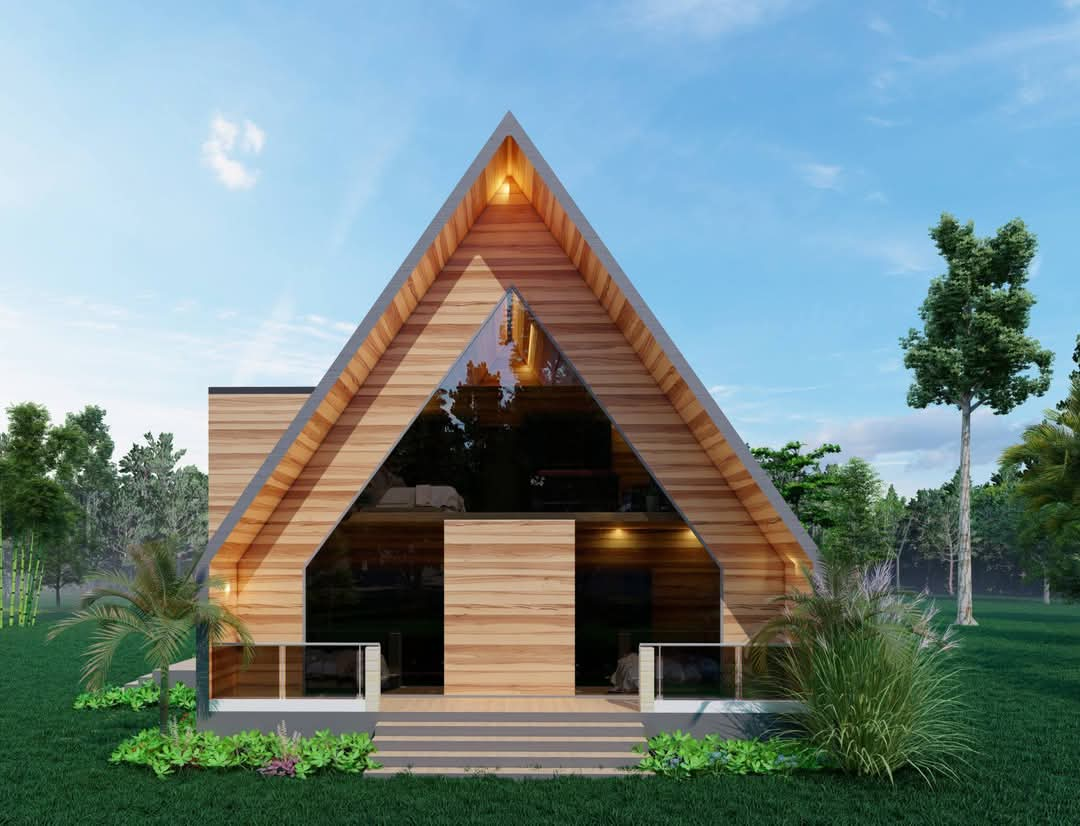The design of residential and commercial structures must strike a balance between beauty, utility, and structural integrity. Whether creating a house or a commercial complex, architects, engineers, and interior designers must collaborate to create spaces that are not only visually appealing, but also structurally sound and functional. This blog delves into the fundamentals of architectural drawing, structural design, and interior design in the context of residential and commercial buildings.
Architectural Drawings: The Blueprint of Design
Architectural drawings serve as the cornerstone for every construction project by detailing the building’s design, proportions, and spatial relationships.
The drawings include:
- Site plans provide an overview of the building’s positioning in relation to its surroundings, such as landscaping and parking places.
- Floor plans depict the arrangement of rooms, hallways, and other spaces within a building.
- Elevation drawings depict the building’s exterior aspect from various angles.
- Section Drawings: Draw a cross-sectional view to emphasize the interior structure and material composition.
- Detail Drawings – Provide detailed specifications for features like windows, doors, and stairs.
Architectural drawings guarantee that all stakeholders have a thorough grasp of the project before construction begins.
Structural Design: Ensuring Safety and Stability
Concluding your blog post isn’t just about wrapping things up – it’s your final opportunity to leave a strong impact. Summarize the key takeaways from your post, reinforcing your main points. If relevant, provide actionable solutions or thought-provoking questions to keep readers thinking beyond the post. Encourage engagement by inviting comments, questions, or sharing. A well-crafted conclusion should linger in your readers’ minds, inspiring them to explore further or apply what they’ve learned.

